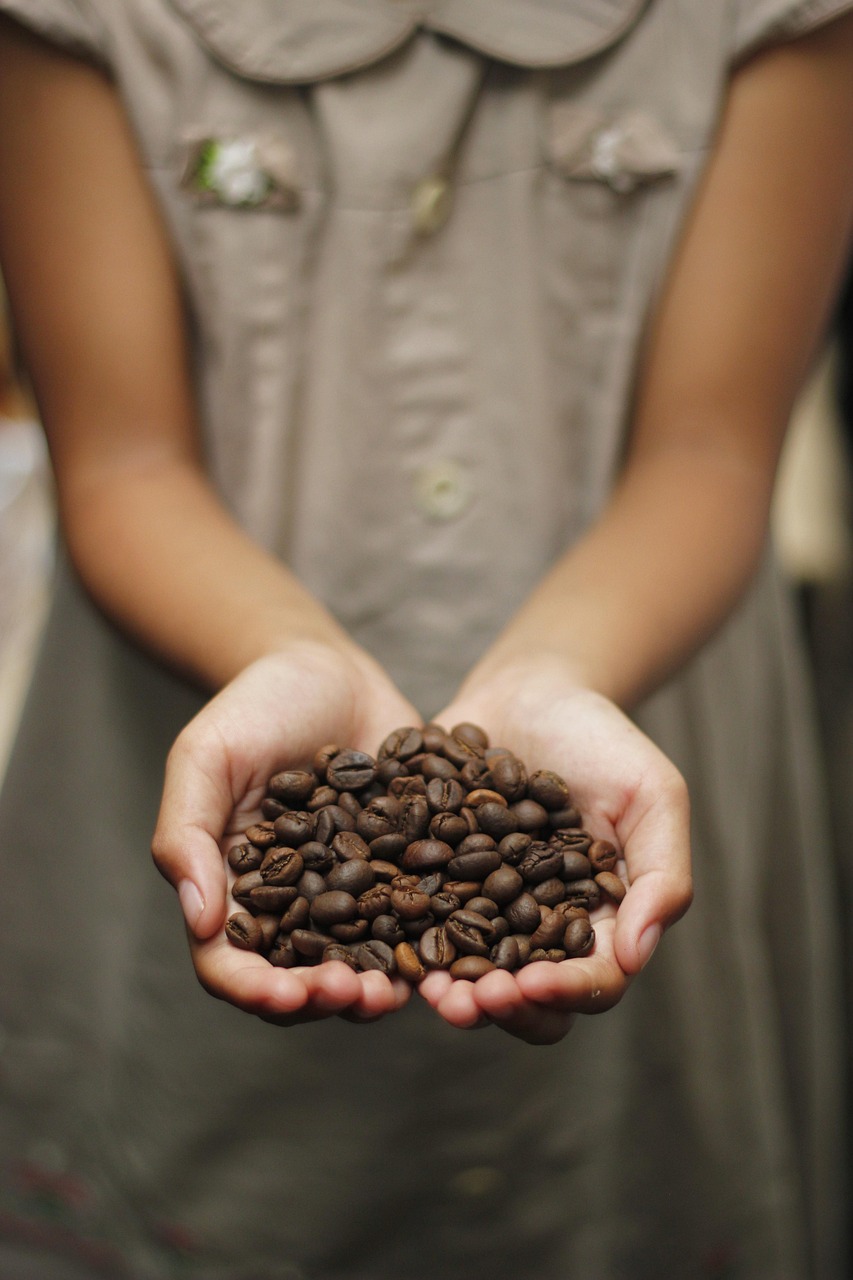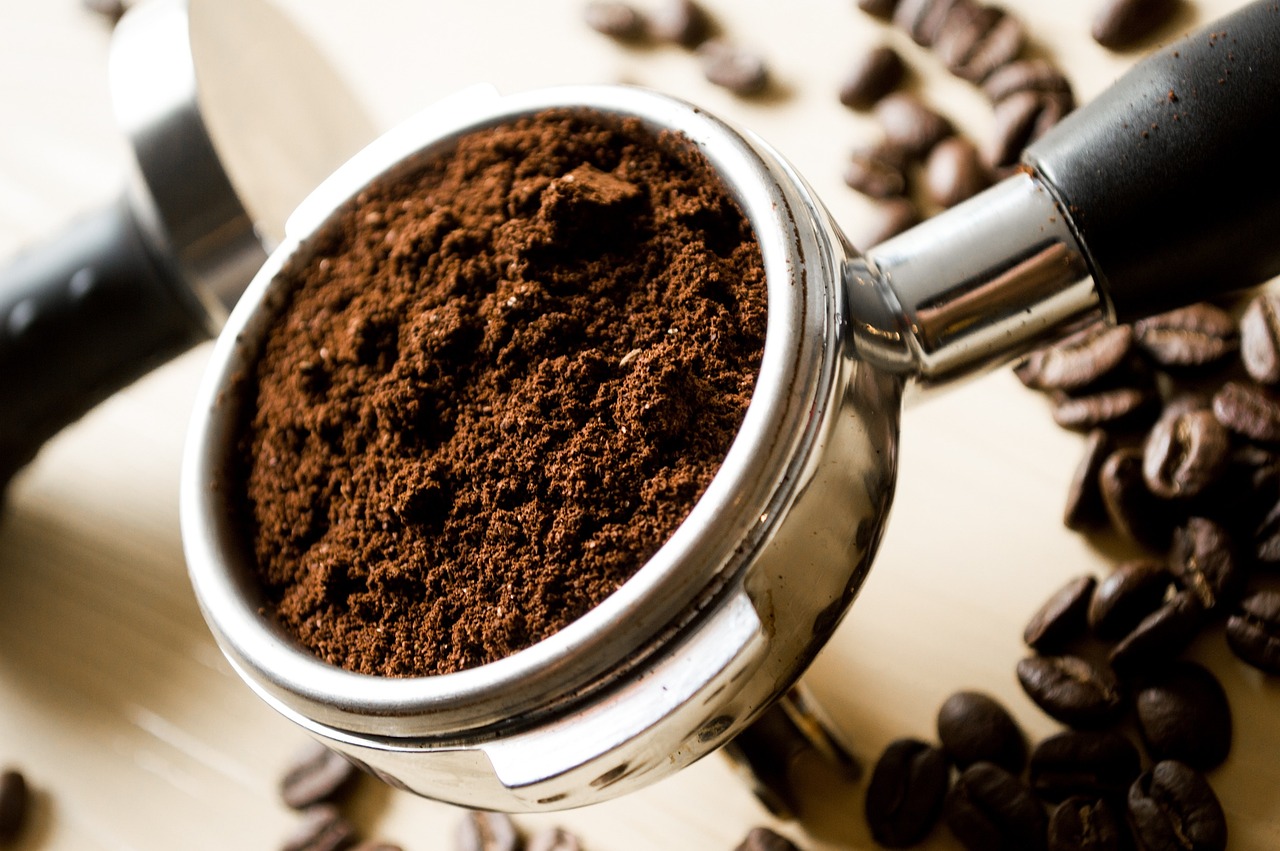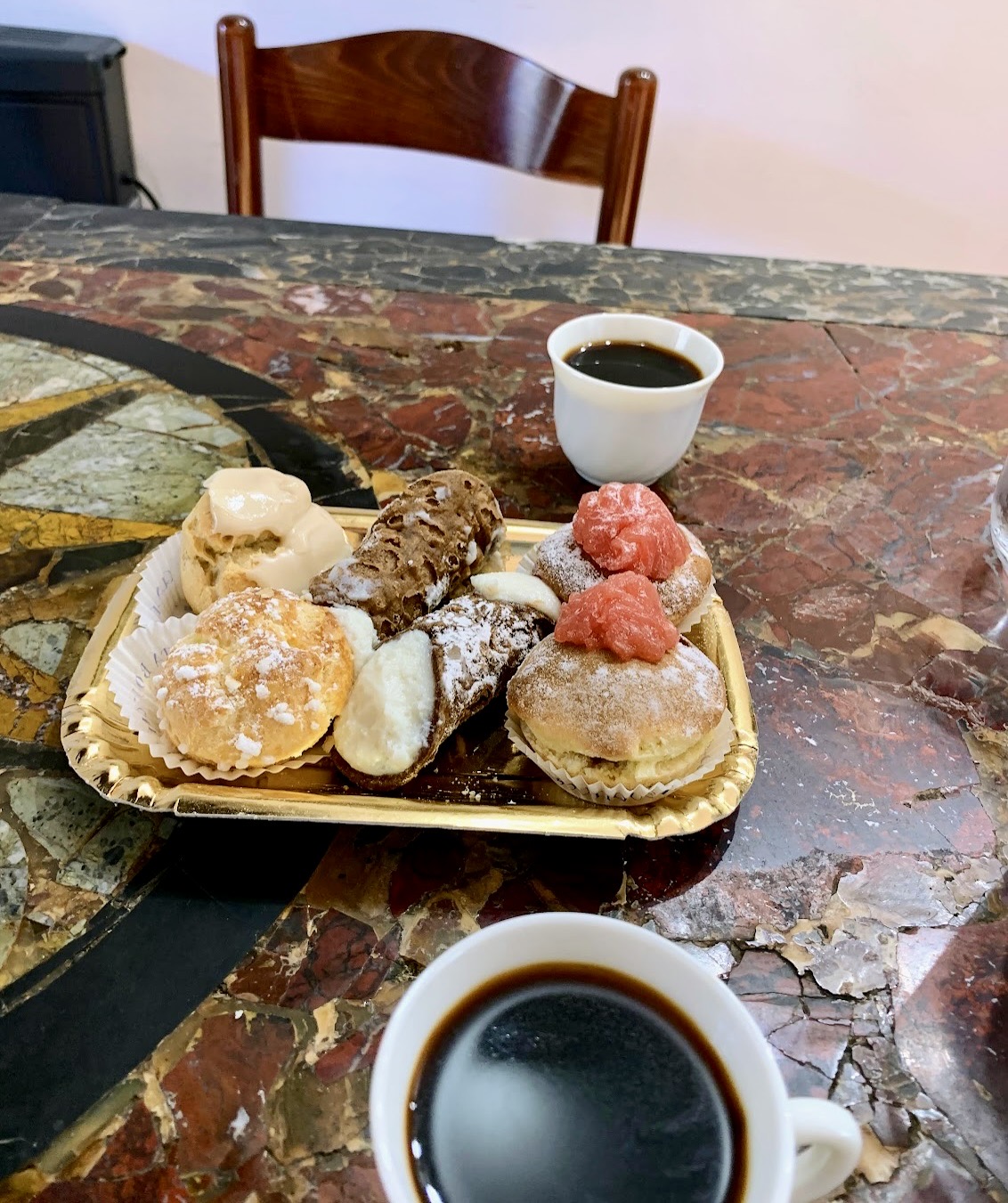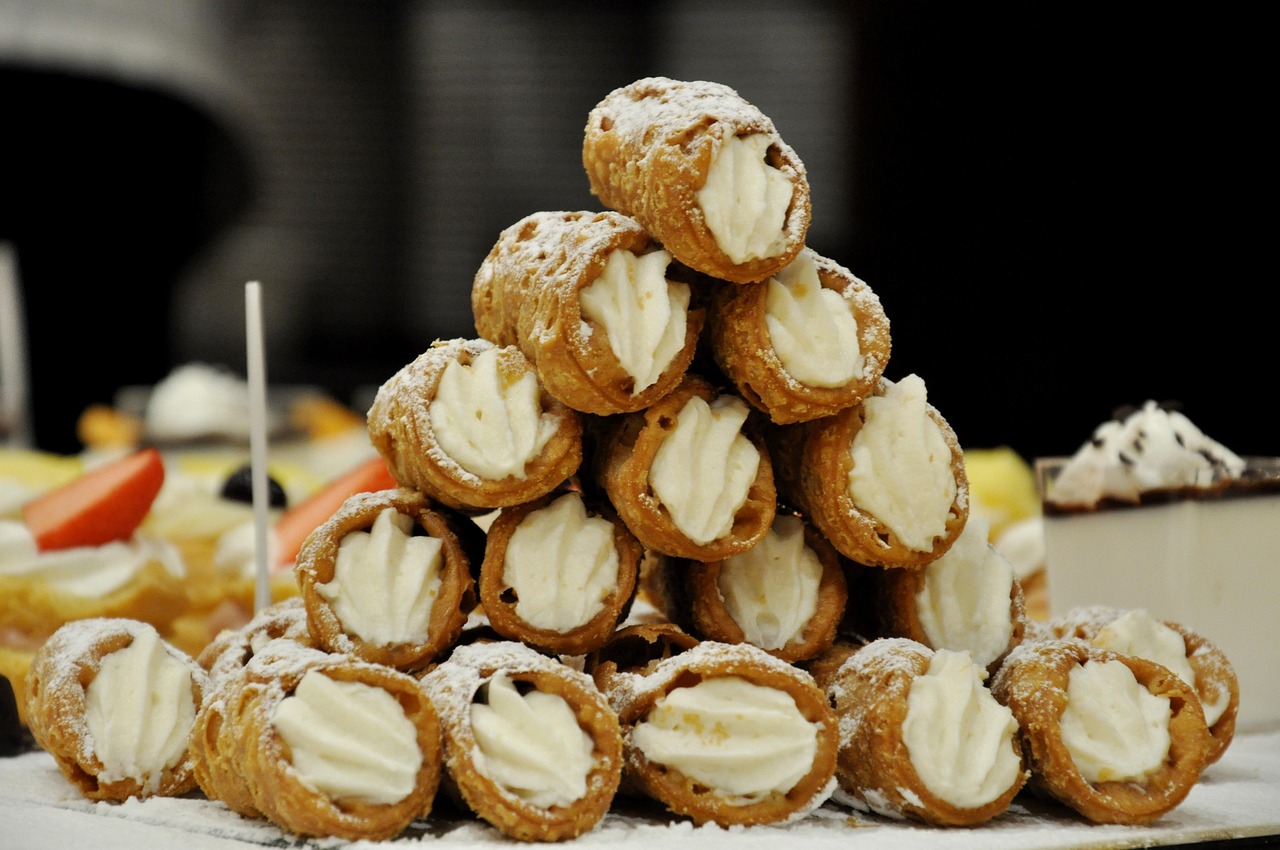Leonardo Sciascia
- Home
- Sicilian Culture
- Sicilian Food
- Sicilian Coffee
Rich Flavors of Sicilian Coffee: A Trip Through Tradition and Tastes
When you think about Italian coffee culture, your mind probably drifts to Rome's bustling espresso bars or Milan's sophisticated café scene. But Sicily?
This Mediterranean island boasts its own distinct coffee identity, one that deserves your attention. Sicilian coffee isn't just about the beverage itself—it's about ritual, community, and a slower pace that reflects island life.
So what is Sicilian coffee, exactly? At its core, it's espresso-based drinks prepared with the same Italian precision you'd find on the mainland, but with distinctly Sicilian twists.
The island's coffee culture blends traditional Italian methods with North African and Arab influences, creating something uniquely its own. You'll find familiar drinks like espresso and cappuccino, as well as regional specialties that might surprise you.

The Role of Coffee Bars in Sicilian Society
When traveling in Sicily, you'll find coffee bars everywhere—in tiny villages, at highway rest stops, and on every urban corner. The quality remains remarkably consistent because coffee is taken seriously across all economic levels.
A working-class bar often serves coffee that is just as good as that of an upscale café.
Price-wise, Sicilian coffee remains remarkably affordable. A standard espresso at the bar costs around one euro, making it accessible to everyone.
Regional variations exist even within Sicily. Palermo's coffee culture differs slightly from Catania's, which differs from Syracuse's.
These subtle distinctions reflect local preferences, historical influences, and even the water used for brewing. Exploring these variations adds depth to your understanding of Sicilian coffee.
The social aspect of Sicilian coffee is not to be overstated. Coffee bars serve as community gathering spots where neighbors catch up, business deals are discussed, and friendships are maintained.
Don't be intimidated by the rapid-fire pace of busy Sicilian bars. The barista might seem brusque, but it's not personal—it's efficiency.
Know what you want, order clearly, pay at the register (sometimes before placing your order), and present your receipt to the barista. This system keeps things moving during rush hours.
It is worth noting that standing at the bar versus sitting at a table makes a significant price difference. If you want the authentic experience and to save money, stand at the bar like the locals do.
This way, you'll feel more connected to the local coffee culture. And get served faster, if that is in your interests.
Modern Sicilian coffee culture is evolving while maintaining its traditions. Younger generations are opening specialty coffee shops that honor traditional methods while experimenting with single-origin beans and alternative brewing techniques.
This evolution respects the past while embracing the future, much like Sicily itself.

Traditional Sicilian Coffee Drinks
Espresso
Sicilian coffee culture revolves around the classic espresso. Sicilians take their espresso seriously, perhaps even more so than their northern counterparts. The coffee is typically roasted darker, producing a more robust and intense flavor that complements the island's bold cuisine.
You'll notice that Sicilian bars serve espresso in small, thick-walled cups that retain heat perfectly. The crema—that golden foam on top—should be thick enough to support sugar for a few seconds before it sinks to the bottom.
Granita
Granita, a frozen and sweetened icy treat, is popular in Sicily, especially during the summer months. And so is granita al caffè, which adds the taste of delicious espresso to this famous treat.
This isn't your typical iced coffee. It's a semi-frozen dessert made from espresso, sugar syrup, and water, churned until it reaches a crystalline, slushy consistency.
Locals eat it with a spoon, often accompanied by a brioche col tuppo—a slightly sweet bun with a characteristic topknot shape.
Walk into any Sicilian bar during summer mornings, and you'll see people enjoying this combination for breakfast. Yes, you heard right, breakfast.
While mainlanders might raise an eyebrow at having dessert for breakfast, Sicilians embrace this refreshing start to their day. The granita provides a cooling contrast to the island's intense summer heat.
Shakerato
Another cooling coffee drink is shakerato. Summers in Sicily also bring this into prominence. It is espresso shaken vigorously with ice and sugar until frothy and chilled.
Shakerato is served in a martini glass, looking elegant while delivering that caffeine kick. This drink perfectly balances the need for coffee with the desire for something refreshing.
When to Drink and What?
Timing is crucial in Sicilian coffee culture, as it is in Italy in general. Like elsewhere in the peninsula, cappuccino is strictly a morning drink. It should never—and I mean never —be consumed after 11 AM.
Unless you are a tourist, in which case you will surely be forgiven—albeit reluctantly-for this terrible mistake. Sicilians believe that milk-based drinks interfere with digestion, so they typically opt for straight espresso after meals.
 An afternoon coffee break with espresso and local pastries.
An afternoon coffee break with espresso and local pastries.The Art of Brewing Sicilian Coffee at Home
If you're serious about recreating Sicilian coffee at home, consider the entire experience, not just the beverage. Use small cups, take time to prepare it properly, and don't rush through drinking it.
The ritual matters as much as the result. This mindfulness transforms coffee from fuel into an experience.
The foundation of all Sicilian coffees is quality espresso. So invest in good beans and a reliable brewing method.
Sicilian coffee beans often come from blends that include both Robusta and Arabica. This differs from specialty coffee trends that favor 100% Arabica.
The Robusta adds body, caffeine, and that characteristic bitter edge that Sicilians prefer. It also creates better crema.
A moka pot—the stovetop espresso maker—is the traditional home brewing device throughout Italy, including Sicily. It creates a strong, concentrated coffee that works perfectly for Sicilian preparations.
For a basic Sicilian coffee recipe, start with your espresso or moka pot coffee. If you're making traditional espresso, aim for a 1:2 ratio—one part coffee grounds to two parts water. The grind should be fine but not powdery, and the extraction should take approximately 25-30 seconds to achieve proper espresso.
To make granita al caffè, brew strong espresso and sweeten it to taste, using sugar syrup. Experiment, and adjust the amount to suit your preference. You must use at least some syrup to achieve the desired texture.
Let the espresso cool completely, then pour it into a flat-bottomed steel container. Place it in your freezer and scrape with a fork every 30 minutes for about three hours until you achieve that characteristic icy, crystalline texture.
The key to authentic granita is patience. Don't just freeze it solid and blend it—that creates an entirely different texture. The repeated scraping creates delicate ice crystals that melt on your tongue, delivering bursts of coffee flavor.
This is what makes granita special and distinctly different from a frozen coffee drink.
Another interesting thing you can try at home is Caffè d'u Parinnu. It is a Sicilian coffee that leans heavily toward the island's Arab traditions. It is easy to do. All you need is espresso and some spices.
The Arab influence on Sicilian coffee culture is profound, dating back to the island's medieval era. While coffee itself arrived later, the appreciation for spices, the social ritual of gathering over beverages, and specific preparation methods all echo this historical connection.
For caffè d'u parrinu, add a pinch of ground cloves and cinnamon to your espresso grounds before brewing. Some recipes include a small piece of lemon peel or a dusting of cocoa powder on top.
The spices should enhance, not overpower, the coffee's natural flavors.
Pairing Sicilian Coffee with Local Pastries
Sicilian pastries pair beautifully with local coffee. This combination forms an essential part of the culture. Cannoli, cassata, and various almond-based sweets pair well with the bitterness of coffee.
The interplay between sweet and bitter creates a balanced tasting experience that makes it authentically Sicilian.

Conclusion
Ultimately, Sicilian coffee represents more than just caffeine delivery—it's a window into island life.
This daily ritual connects people to their place and to one another.
Whether you're standing at a Palermo bar or brewing at home with your moka pot, understanding these traditions enriches the experience.
The coffee tastes better when you know the story behind it, when you appreciate the centuries of culture in every small cup.
(October 8, 2025)
Recent Articles
-
Selinunte Park - History by the Sea
Nov 14, 25 05:02 AM
Selinunte park, its rise to glory, destruction, and how to visit it. -
Mount Etna Hiking: A Guide to Sicily's Sacred Volcano
Nov 05, 25 11:55 AM
Mount Etna hiking - Are you prepared to answer the mountain's call? -
Castles in Sicily: Memories Carved in Stone
Nov 03, 25 11:03 AM
Castles in Sicily: A look at the top of the crop
Follow MANY FACES OF SICILY on Facebook, Instagram, Bluesky & Tumblr
Contact: vesa@manyfacesofsicily.com







